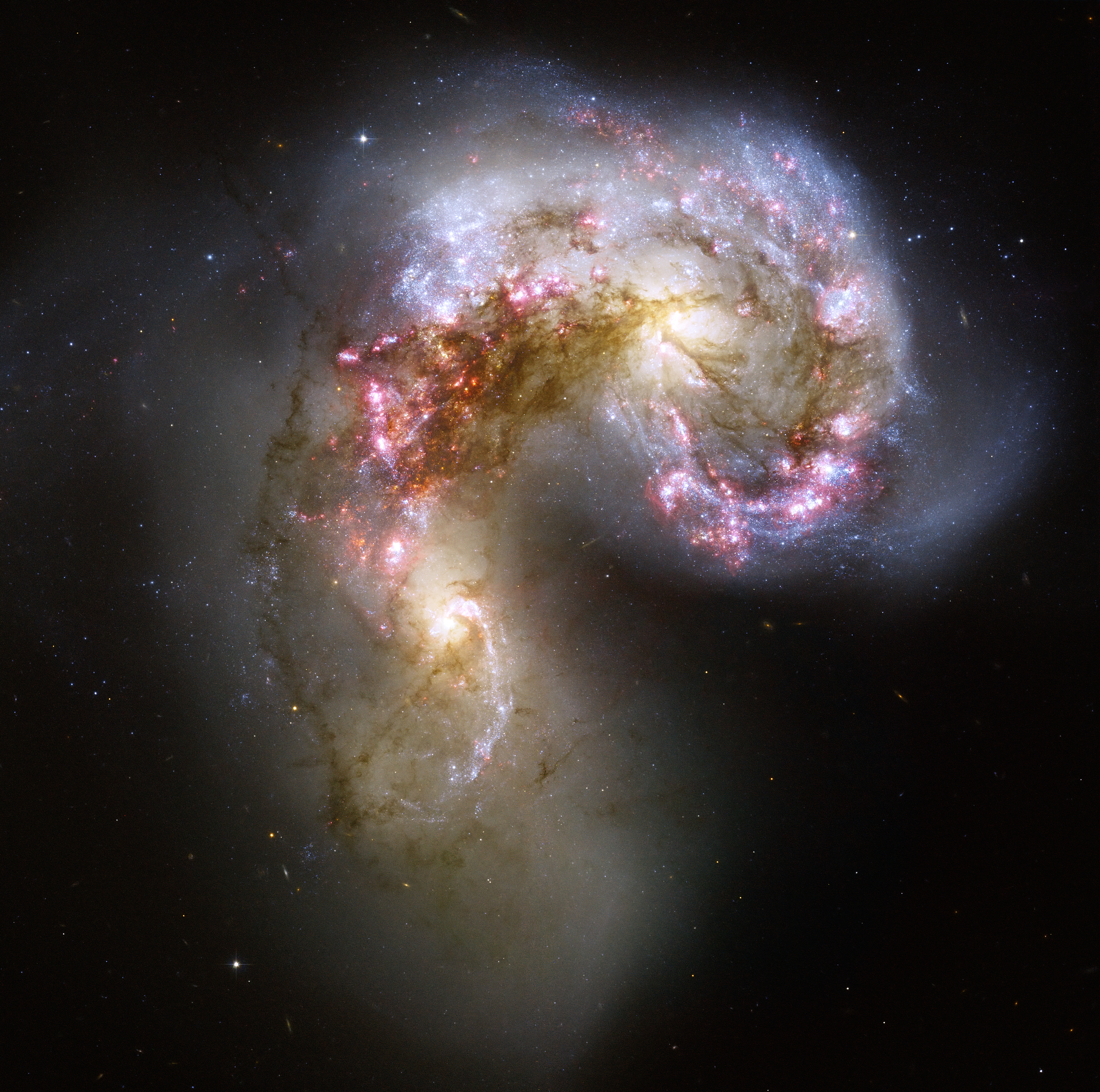|
Wolf–Rayet Stars
Wolf–Rayet (WR) can mean: * Wolf–Rayet star Wolf–Rayet stars, often abbreviated as WR stars, are a rare heterogeneous set of stars with unusual spectroscopy, spectra showing prominent broad emission lines of ionised helium and highly ionised nitrogen or carbon. The spectra indicate very ..., a type of evolved, massive star * Wolf–Rayet galaxy, which contains large numbers of Wolf–Rayet stars * Wolf–Rayet nebula, which surrounds a Wolf–Rayet star {{disambiguation ... [...More Info...] [...Related Items...] OR: [Wikipedia] [Google] [Baidu] |
Wolf–Rayet Star
Wolf–Rayet stars, often abbreviated as WR stars, are a rare heterogeneous set of stars with unusual spectroscopy, spectra showing prominent broad emission lines of ionised helium and highly ionised nitrogen or carbon. The spectra indicate very high surface enhancement of Stellar nucleosynthesis, heavy elements, depletion of hydrogen, and strong stellar winds. The Effective temperature, surface temperatures of known Wolf–Rayet stars range from 20,000 Kelvin (unit), K to around 210,000 Kelvin (unit), K, hotter than almost all other kinds of stars. They were previously called W-type stars referring to their Stellar classification, spectral classification. Classic (or population I) Wolf–Rayet stars are Stellar evolution, evolved, massive stars that have completely lost their outer hydrogen and are nuclear fusion, fusing helium or heavier elements in the core. A subset of the population I WR stars show hydrogen lines in their spectra and are known as WNh stars; the ... [...More Info...] [...Related Items...] OR: [Wikipedia] [Google] [Baidu] |
Starburst Galaxy
A starburst galaxy is one undergoing an exceptionally high rate of star formation, as compared to the long-term average rate of star formation in the galaxy, or the star formation rate observed in most other galaxies. For example, the star formation rate of the Milky Way galaxy is approximately 3 M☉/yr, while starburst galaxies can experience star formation rates of 100 M☉/yr or more. In a starburst galaxy, the rate of star formation is so large that the galaxy consumes all of its gas reservoir, from which the stars are forming, on a timescale much shorter than the age of the galaxy. As such, the starburst nature of a galaxy is a phase, and one that typically occupies a brief period of a galaxy's evolution. The majority of starburst galaxies are in the midst of a merger or close encounter with another galaxy. Starburst galaxies include M82, NGC 4038/NGC 4039 (the Antennae Galaxies), and IC 10. Definition Starburst galaxies are defined by these three interrelated factor ... [...More Info...] [...Related Items...] OR: [Wikipedia] [Google] [Baidu] |

